Dacia’s new Manifesto concept is a true outdoor utility vehicle
Utilitarian auto brand Dacia sets a bold new agenda with its Manifesto, a concept car pitched at the active outdoor market

We’ve written before about how the Romanian brand Dacia has carved itself a niche within affordable utility design, eschewing the ever-increasing levels of luxury that define modern SUVs in favour of a rugged, low-cost aesthetic. Cars like the Duster and the ultra-functional Jogger are a welcome departure from the industry’s relentless emphasis on premium materials and finishes.
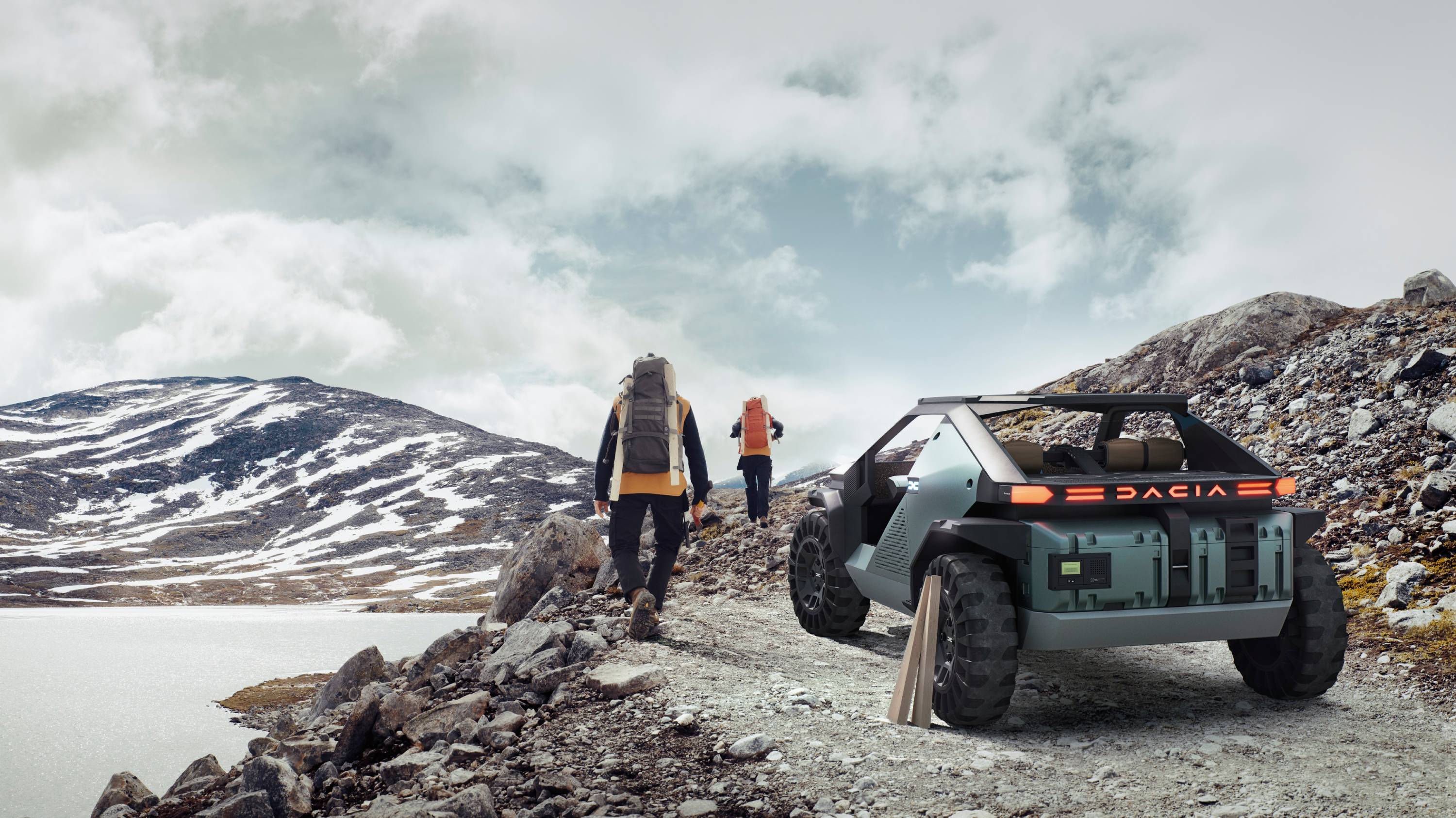
The company – a sub-brand of Renault – continues to strike out on its own, finding a sweet spot in amongst the fiercely competitive volume car-making business. This week saw another bold design statement in the shape of Dacia’s Manifesto concept car, designed to explore how the company can go further while retaining its essential DNA.
‘We’ve redefined the company’s brand pillars,’ says design director David Durand. ‘There are now three components: essential but cool; robust and outdoor; and eco-smart.’

This car is a concept, pure and simple, with no ambition for a road-going version. That’s not to say that elements of the design and proportions might not be carried over into future Dacia models, as well as some of the interior and exterior details and – most likely – the materials palette. Durand set his design team the challenge to push the brand values to the extremes.

‘For us, it’s been interesting as it’s a way of experimenting with the focus on outdoor activities,’ says Durand. Both Duster and Stepway are rugged, off-road capable cars, SUVs for the post-SUV era, that have found favour in rural areas and with those who genuinely need a competent, go-anywhere car without the expense or weight of a luxury, gadget-laden interior.

At 3.6m long, the Manifesto is ultra-compact. ‘Essential is a good word,’ the designer says. ‘With our products, we’re always looking to see what we can take away.’ The concept goes to extremes – there are no doors or windscreen, and forward illumination is provided by a single central headlight that can be removed and used as a torch.

‘The goal was to create a car to support outdoor activities like camping, rock climbing, forest ranging,’ says Durand, pointing out that Dacia is one of the sponsors of the annual UTMB trail-running event around Mont Blanc. ‘We don’t care too much about performance,’ he adds. ‘We wanted this car to be light, agile, and able to go anywhere.’
Receive our daily digest of inspiration, escapism and design stories from around the world direct to your inbox.
If you could ever get behind the wheel, the elements would certainly be present, one of the reasons the concept has gone with a wipe-clean approach to the interior.

One of the primary materials is a new kind of recycled plastic, dubbed ‘Starkle’, developed by Dacia in collaboration with its suppliers and which will hopefully be seen in production cars soon.
This plastic is used for the dashboard, complete with tell-tale flecks of recycled material. The solid material also hides nicks and scratches.

The Manifesto concept also has airless tyres, another technology on the verge of entering the mainstream. ‘You don’t need to carry a spare,’ Durand points out. ‘They’re designed to last the lifecycle of the car and then they can be recycled.’ By reducing all infotainment down to your own smartphone, the concept’s interior is exceptionally minimal, with the addition of cork surfaces that you can pin physical maps – ‘when you’re away from mobile signal’, according to Durand.

Dacia has also developed a modular accessory system, ‘u-clip’, which features a range of gadgets that can be placed in various places around the interior, with the idea that you take your water bottle and cupholder with you when you upgrade to your next car.
Little ideas like this could well come to fruition in the next generation of production cars.
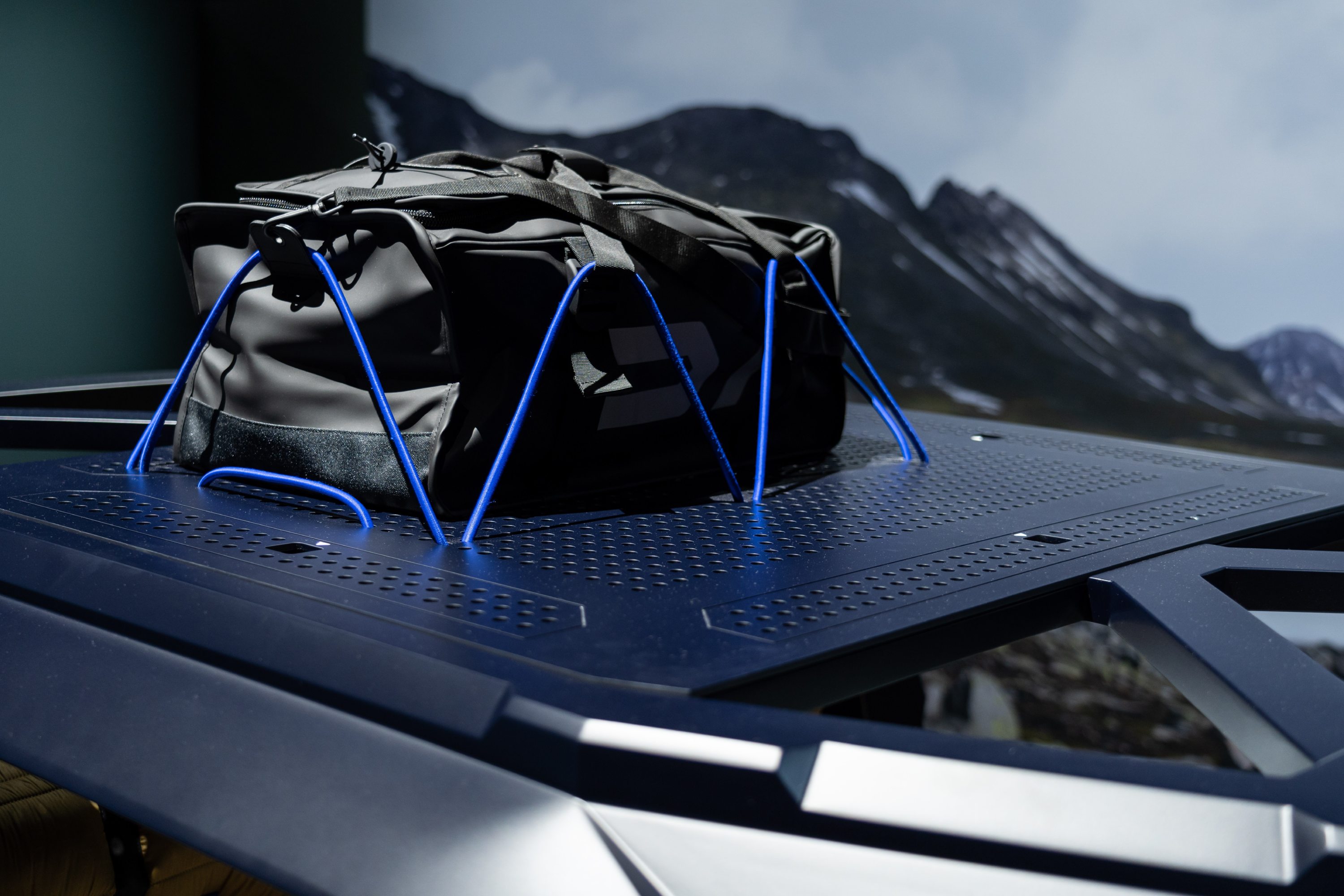
Durand won’t be drawn on the powerplant, saying that this kind of car could be full electric or hybrid, with the ability to serve as a portable powerplant for tools – the rear deck can even double as a workbench.
Above the passenger compartment is a modular drilled metal roof rack, which reinforces the idea of the concept as a sort of automotive backpack.

Seats are made from waterproof sleeping bag material, easy to remove, use, and wash. ‘Outdoor activities are really very strong with our customers,’ says Durand. ‘We’re coming up with ideas like how you can turn a Jogger into a simple camper van, for example, or tents that can extend the interior of the car. It’s something people are looking into more and more, whether it’s wild camping, festivals, or even visiting friends.’

Above all, the Manifesto concept captures a sense of endless possibilities, proving that Dacia is not afraid to go out on a limb.
INFORMATION
Jonathan Bell has written for Wallpaper* magazine since 1999, covering everything from architecture and transport design to books, tech and graphic design. He is now the magazine’s Transport and Technology Editor. Jonathan has written and edited 15 books, including Concept Car Design, 21st Century House, and The New Modern House. He is also the host of Wallpaper’s first podcast.
-
 Eight questions for Bianca Censori, as she unveils her debut performance
Eight questions for Bianca Censori, as she unveils her debut performanceBianca Censori has presented her first exhibition and performance, BIO POP, in Seoul, South Korea
-
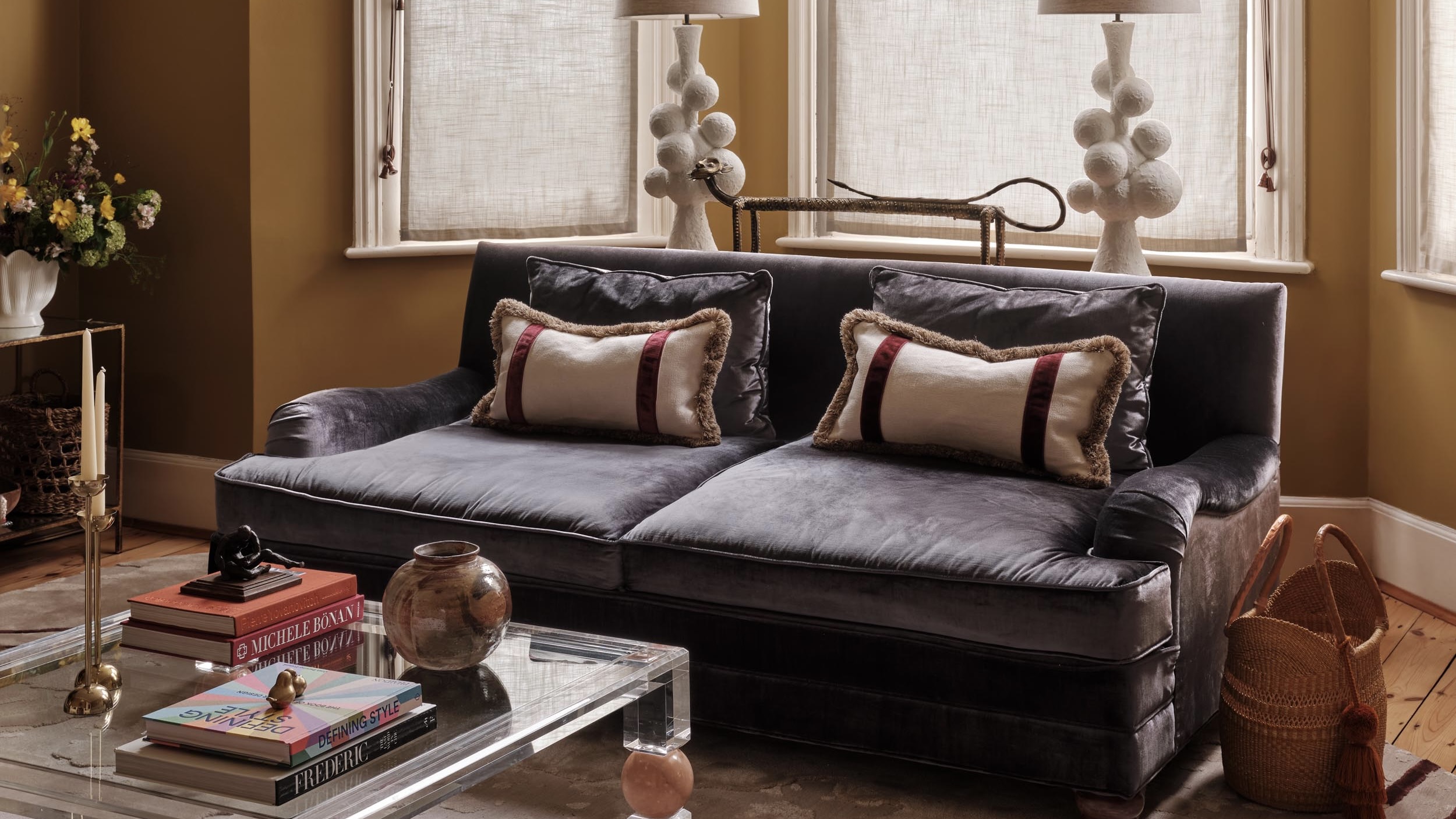 How to elevate a rental with minimal interventions? Charu Gandhi has nailed it with her London home
How to elevate a rental with minimal interventions? Charu Gandhi has nailed it with her London homeFocus on key spaces, work with inherited details, and go big on colour and texture, says Gandhi, an interior designer set on beautifying her tired rental
-
 These fashion books, all released in 2025, are the perfect gift for style fans
These fashion books, all released in 2025, are the perfect gift for style fansChosen by the Wallpaper* style editors to inspire, intrigue and delight, these visually enticing tomes for your fashion library span from lush surveys on Loewe and Louis Vuitton to the rebellious style of Rick Owens and Jean Paul Gaultier
-
 All hail the compact new Renault Twingo E-Tech – the city car is back in style
All hail the compact new Renault Twingo E-Tech – the city car is back in styleRenault continues to pay homage to its heritage by combining it with 21st-century technology. The new Twingo E-Tech is another winner
-
 Fancy owning a piece of French automotive history? Bid in The Renault Icons Auction
Fancy owning a piece of French automotive history? Bid in The Renault Icons AuctionRenault is paring back its substantial collection of historic automobiles by auctioning off duplicate models. We present 14 of the finest lots
-
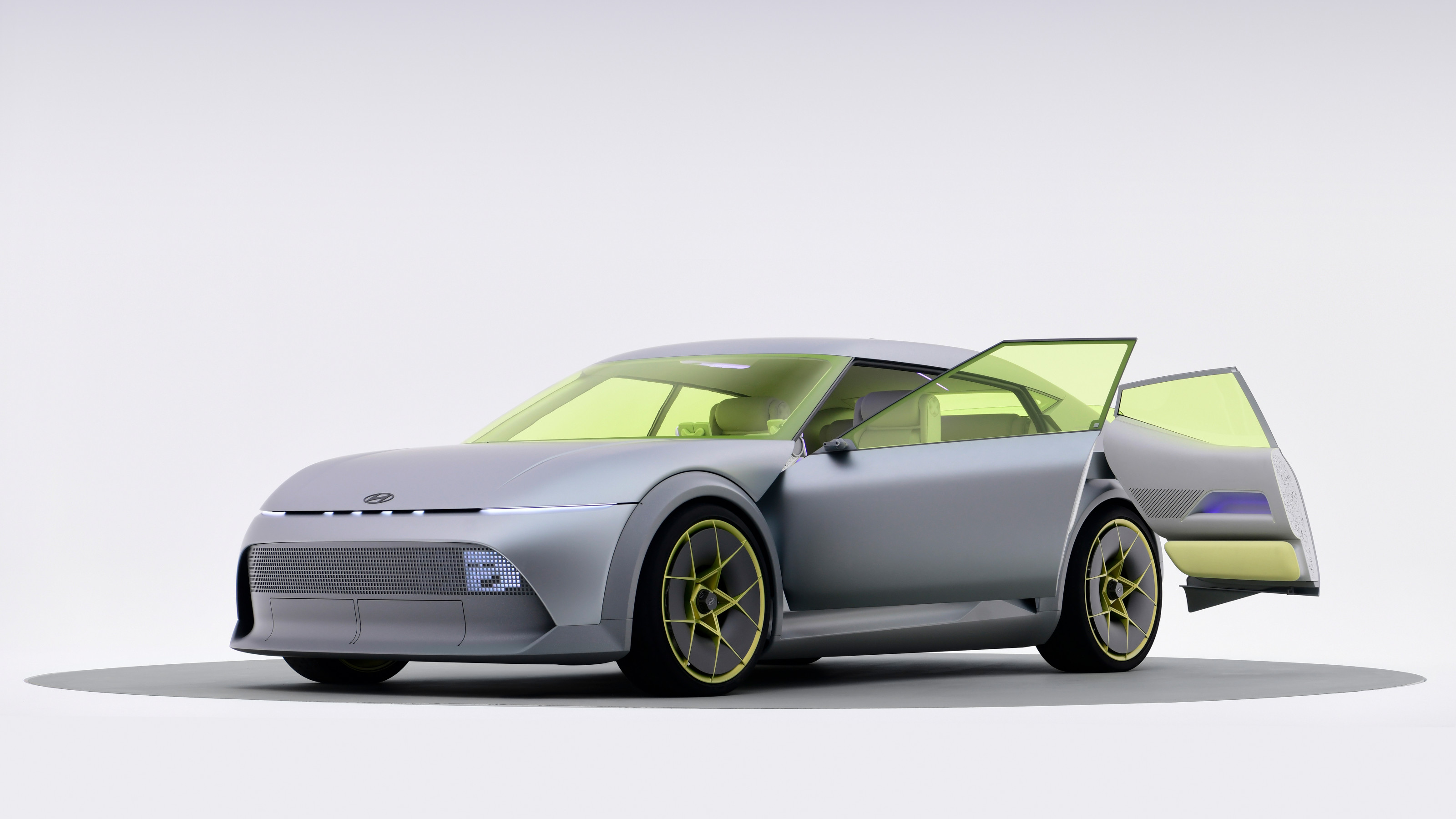 All the new electric cars and concepts revealed at Munich’s IAA Mobility 2025
All the new electric cars and concepts revealed at Munich’s IAA Mobility 2025Munich’s alternative motorshow is now in its third iteration, combining a traditional exhibition space with a conference and large-scale public activations on the streets of the city
-
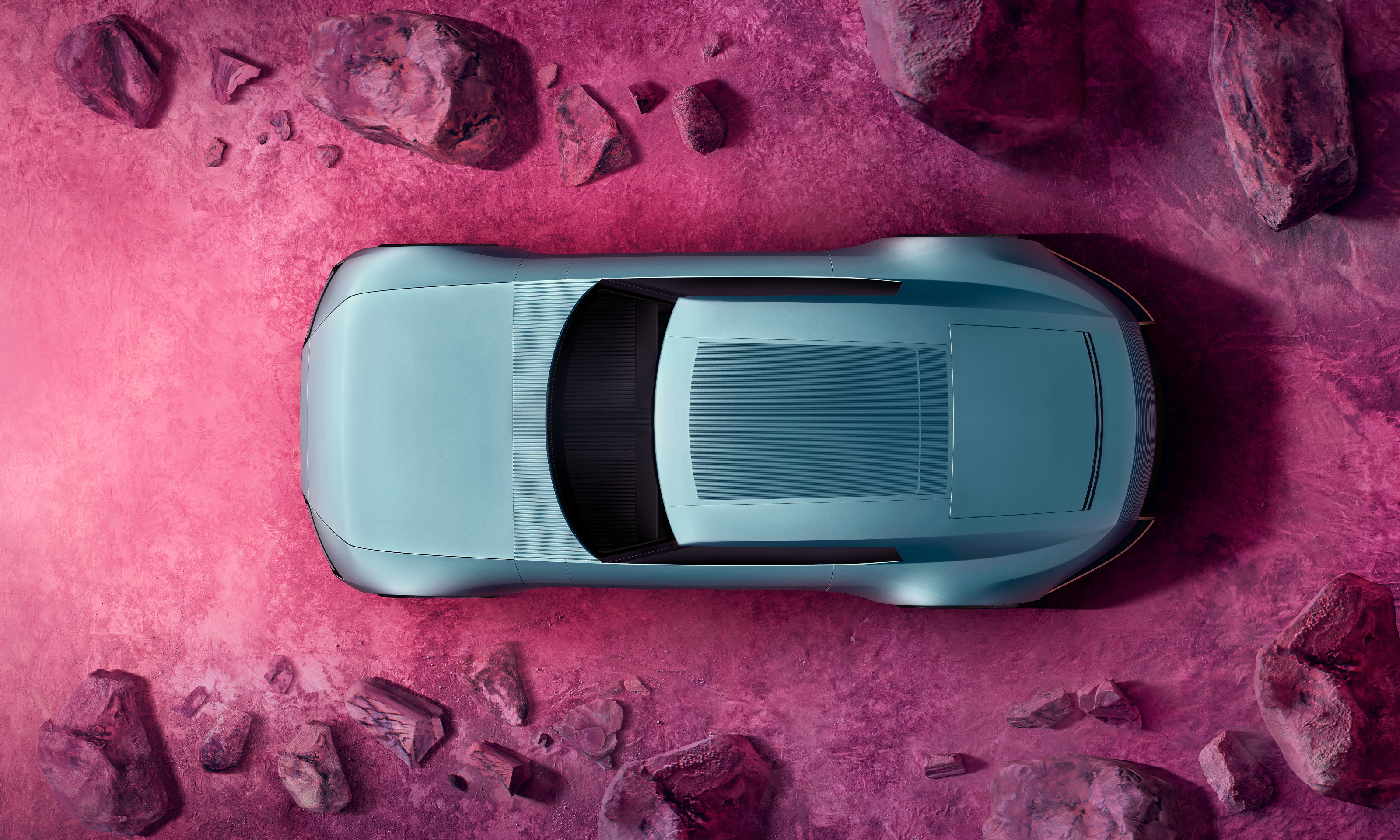 The top 10 concept cars of 2024, as selected by Wallpaper’s Transport Editor
The top 10 concept cars of 2024, as selected by Wallpaper’s Transport EditorWe round up our favourite forays into futuristic design with this collection of concepts and design studies showcasing the transport of tomorrow
-
 Renault celebrates new R4 EV and electric mobility with TheArsenale and four French start-ups
Renault celebrates new R4 EV and electric mobility with TheArsenale and four French start-upsRenault's '4 Movements' accompanied the R4 E-Tech at the 2024 Paris Motor Show; the clutch of sleek machines will bring innovative electrification to air, sea and water
-
 Ora-ïto transforms the Renault 17 into a futuristic yet retro-tinged vision
Ora-ïto transforms the Renault 17 into a futuristic yet retro-tinged visionThe R17 electric restomod x Ora-ïto is the fourth in Renault's series of designer-led reimaginings of iconic models from its past. We think it's the best of the lot
-
 The new Renault 5 E-Tech’s design secrets and designer dreams revealed
The new Renault 5 E-Tech’s design secrets and designer dreams revealedWallpaper* talks to Renault’s Laurens van den Acker and Gilles Vidal about how they shaped the eagerly awaited Renault 5 E-Tech
-
 The return of the Geneva Motor Show (to Geneva) as a place for global debuts
The return of the Geneva Motor Show (to Geneva) as a place for global debutsThe Geneva Motor Show is back. After 2020’s pandemic cancellation and an ‘exported’ event in Qatar in 2023, the organisers of GIMS 2024 had their work cut out to stay relevant. Here are our highlights